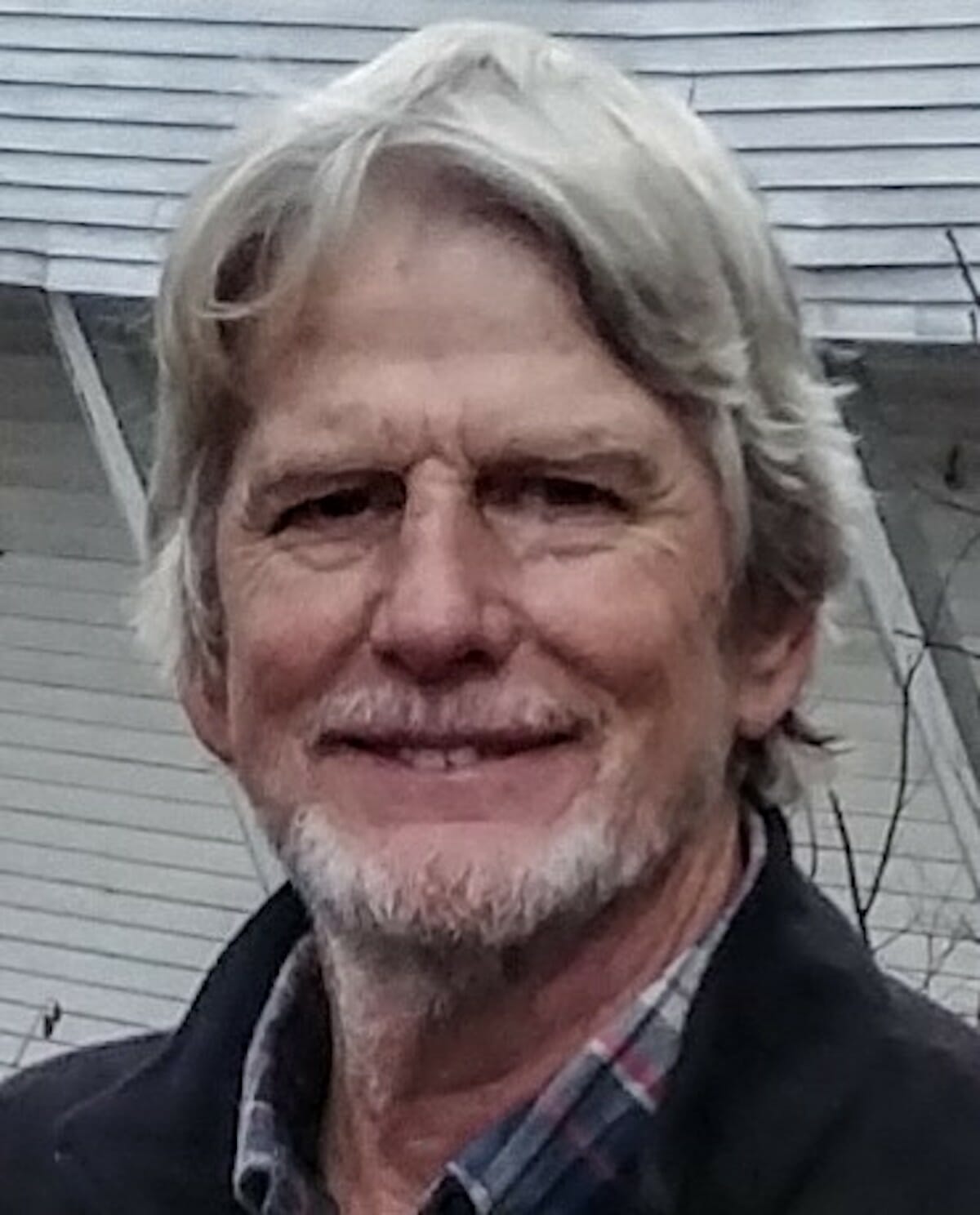By Scott Graber
 It is Saturday evening, and I’m sitting in our modest, grey-painted “library” — a room that comes with a black upright piano (sometimes played by my wife); portraits of unsmiling, long-gone ancestors; and floor-to-ceiling bookcases.
It is Saturday evening, and I’m sitting in our modest, grey-painted “library” — a room that comes with a black upright piano (sometimes played by my wife); portraits of unsmiling, long-gone ancestors; and floor-to-ceiling bookcases.
During the pandemic I’ve watched newscasters report the news from their living rooms. Usually they do their reporting in front of a bookcase. Invariably I find myself more interested in the titles of their books than the news they report.
More often than not I’m disappointed in the figurine-to-book ratio; or the paucity of serious novels; or the color and shape of the sofa. I suppose these small items should not make a difference, but for the most part I’m stunned by the widespread lack of style among today’s journalists.
This evening I’ve foregone the news, and the examination of bookcase ephemera for the New Yorker. This week’s edition gives us a piece titled “Skeleton Lake” by Douglas Preston.
“Skeleton Lake” is a story about a lake high in the Himalayan Mountains that is, well, full of human bones from a great many people who died in several catastrophic events lasting less than an hour. These sudden kill-offs have brought together hundreds of scientists — mostly anthropologists and geneticists — in an effort to find our what the hell happened in this frigid, incredibly hard-to-locate-lake.
But the bones in the lake mystery presented in this piece is just icing on an informational cake that comes will a bucket-load of counter-intuitive science — science centering on what DNA (in those ancient bones) can tell us about our ancestors.
For one thing DNA can tell us what our ancestors ate. Today’s geneticists also deduce that Europe was once peaceful and bucolic — a place where women were equal to men. A place where deities were mostly female.
Then came a series of raids from the east — warrior horsemen who came with murder, mayhem and rape on their minds. DNA analysis says that these horsemen killed every indigenous male, including every male child, and replaced the existing culture with a violent, male-dominated society mostly interested in pillage, plunder and, of course, rape.
These European men then sailed across the Atlantic, to Central and South America, systematically exterminating the indigenous men, raping the indigenous women, and creating another male-dominant culture like the one they left behind.
Some geneticists say that this male-dominant culture extended into the antebellum South where plantation owners routinely raped the women slaves so that most African-Americans are now, genetically, 20 percent European.
But I digress.
Some of the bones found in “Skeleton Lake” contained DNA from people who were native to the Island of Crete and the Aegean Sea.
Why, you may ask, were a bunch of ancient Greeks hiking in the Himalayan Mountains and why were they suddenly, inexplicably killed and thrown into a mountain lake? Anthropologists and geneticists are, at this very moment, arguing about these very same questions.
But those of you who saw the movie, “The Man Who Would Be King” (1975), know the answer to this mystery. You remember Peachy and Danny (Sean Connery and Michael Caine) and their discovery of a Greek city high and hidden in “Kafiristan.” You also remember that Alexander the Great fought in the Hindu Kush mountains in 327 BC before going against King Porus with his elephants and chariots at Hydaspes.
And, of course, you remember that Alexander knew he could not hold his newly won empire without governing it. And that meant planting Hellenistic ideals in Asia and leaving Greeks behind to administer those ideals.
But, alas, this romantic notion of Greek administrators — or descendants of Greek warriors — lying in the bottom of Skeleton Lake was vanquished when Carbon 14 dating determined that all these Mediterranean people died in a single, terrible event sometime between 1650 and 1950 AD.
While work is under way to solve this mystery some scientists — mostly anthropologists and social scientists — are uncomfortable with this kind of hereditary research. Specifically, they are uncomfortable with the idea that there are hereditary differences among populations, anthropologists insisting that race is an artificial category without any biological basis.
Geneticists, like David Reich at Harvard, agree that race is a “social construct,” but says there are substantial differences in populations and “its not unreasonable to investigate those differences scientifically.”
While the mystery of Skeleton Lake remains, genetic research continues and it has changed anthropology in the same way genetics has changed medicine.
Scott Graber is a lawyer, novelist, veteran columnist and longtime resident of Port Royal. He can be reached at cscottgraber@gmail.com.





